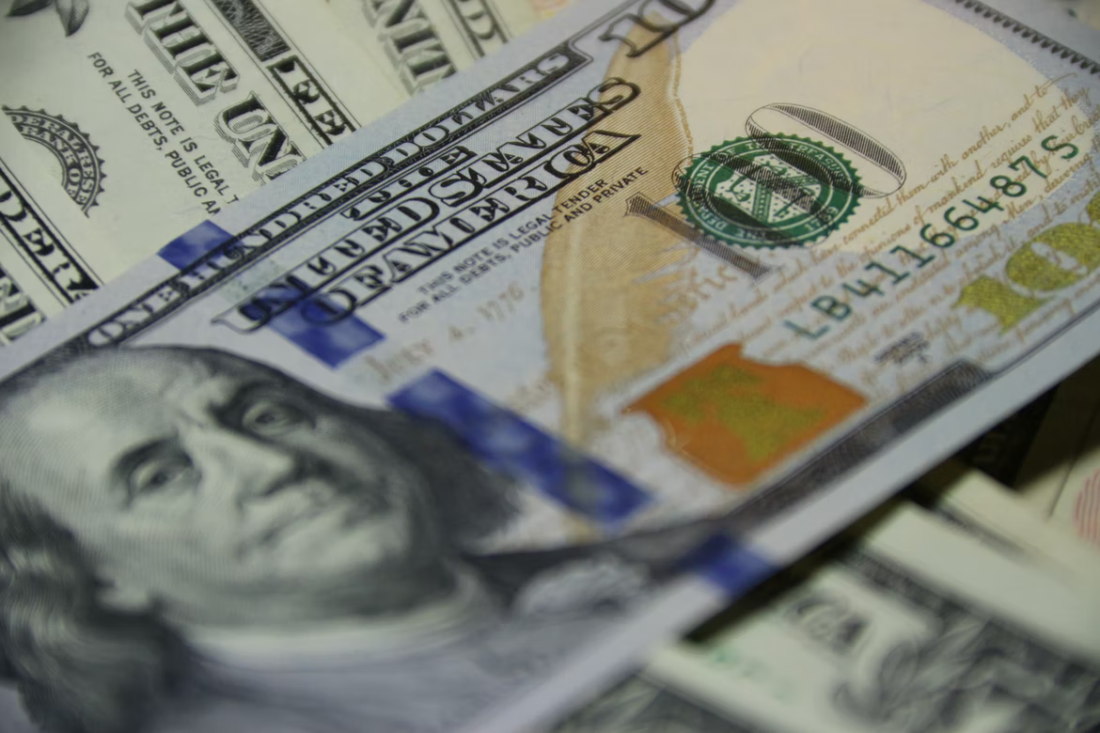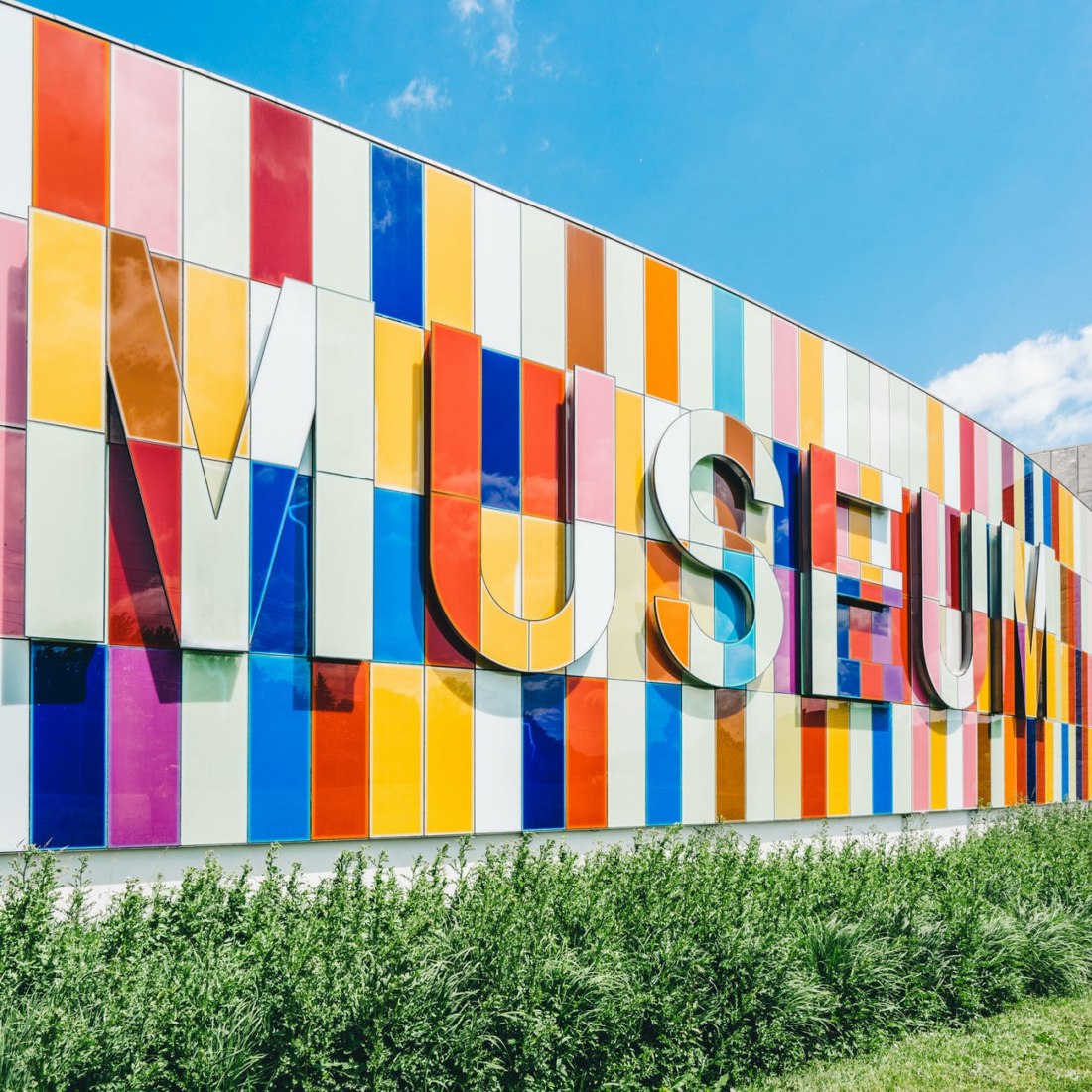How to Start a Museum: Important Things New Investors Must Know

Many Sci-Fi movies have shown different ways for people to move from one timeline to another. However, it is certain that this science is not feasible in real life. Although, in some way, being in a museum can help you find your way into the past and live in history.
Museums are of different kinds, and you can visit one that piques your interest if you want to learn about history or educate yourself about things that happened a long time ago. As impressive as museums are, only a few of them are around. Suppose you are an art collector or have a passion for history, you can establish a small museum in your locality where you provide value for the community and make money simultaneously.
There are several processes to get this started. If you live in Spain, after finding your museum exhibits, you will need a broker to help you set up the business modalities and keep things running. One of the best ways to get online brokers in Spain is to visit a site like Brokerschart. You will find thousands of reliable brokers for your various needs in Spain on the website.
This article walks you through the processes of starting a museum.
1. Find a Niche
Before you get a location or start building a structure for your museum, you need first to determine the kind of museum you want to build. The answer to this is usually not farfetched. You must have come across a museum recently, and you were intrigued by the design or the kind of art you found inside.
Profit is usually not the primary goal of setting up a museum. You must have seen something that has intrigued you, and you are driven to recreate it or do something similar. There are many kinds of museums you can build. It could be art museums, science museums, history museums, children’s museums, and etc.
Another way to decide the kind of museum you should build is by listening to the community. Find out what people are interested in, and you can get these people to raise donations for your project when you start.
2. Find Funds
You need money to procure exhibits and artworks to fill your museum. The materials to design the interior and exterior of the design will also require payment, not to mention the utility bills, staff salary, and other minor bills.

It has been established that building something that interests the community is a sure way to raise funds for your museum. This means that you don’t need to have capital before you can build. You can source funds from different places, and you’d be surprised how many people would be willing to support your projects with money from their reserves.
You can apply for federal grants or business loans. You can also contact a corporate or non-profit organization for funding. If you can reach out to a large audience, you can set up a GoFundMe account where the public can donate to your project. You will also need a reliable broker like Libertex to provide escrow service when you want to get your exhibits.
3. Find a Location
The location of your museum must be strategic. If you are building a historical museum, you can rent or buy a historical building. The building will complement its purpose and attract a flock of customers.
Finding a building that complements the purpose of your museum is not compulsory. However, you must ensure that you find a location within proximity so that people can easily step out of their houses and spend time in the museum.
4. Get Your Documentations
You cannot develop a museum and start operation without getting the necessary documentation and approvals from certain organizations. States have individual requirements for businesses trying to establish in their territory.
You can contact your state territory to know all you need for a license to operate. You also need to obtain an identification number from the IRS. This ID number will be used to process your tax. If you are developing a non-profit museum, you will be exempted from tax collection.
If you are using loans to finance the development of the museum, you will need to have your loan documents intact. Other documents include mission statements, contract forms, and etc. You can hire a professional lawyer to ensure you have all the required documents before launching your museum.
5. Design and Build
Now that you have everything you need, it is high time you started gathering exhibits for the museum. The art market is a risky one. People can easily get scammed and defrauded of their money. If you are in Spain, it would be in your best interest to find an authentic broker like XTB Broker to facilitate transactions between you and the individuals you will be getting your art from.
When you have this sorted, you can visit other museums to get ideas on how to design the layout of your museum. You can also develop interactive services so that people can do more than just look when they come to your museum. Ideas? You can set up a picture spot, summer camps for kids, scavenger hunt for teenagers, and etc. It makes your museum an exciting place to visit.
Final Thoughts
You’re done setting up your museum, congratulations! You only need to hire capable hands to help you with the day-to-day running. You can’t be everywhere at once, can you?

Find an advertising agency to help you promote your museum, its services, and the opening day. Attract the public, and you can, through your passion, entertain the community and earn a profit.
